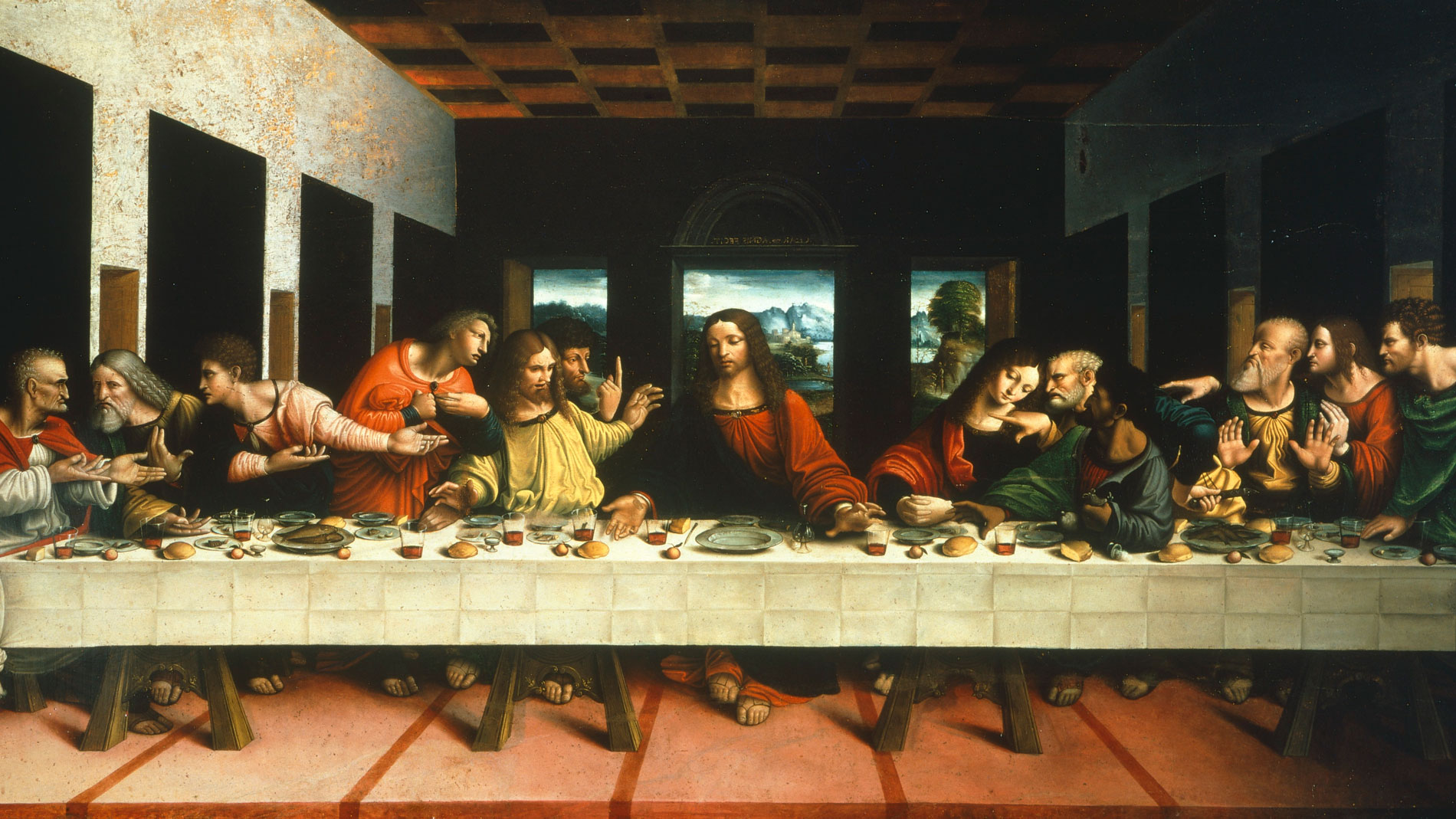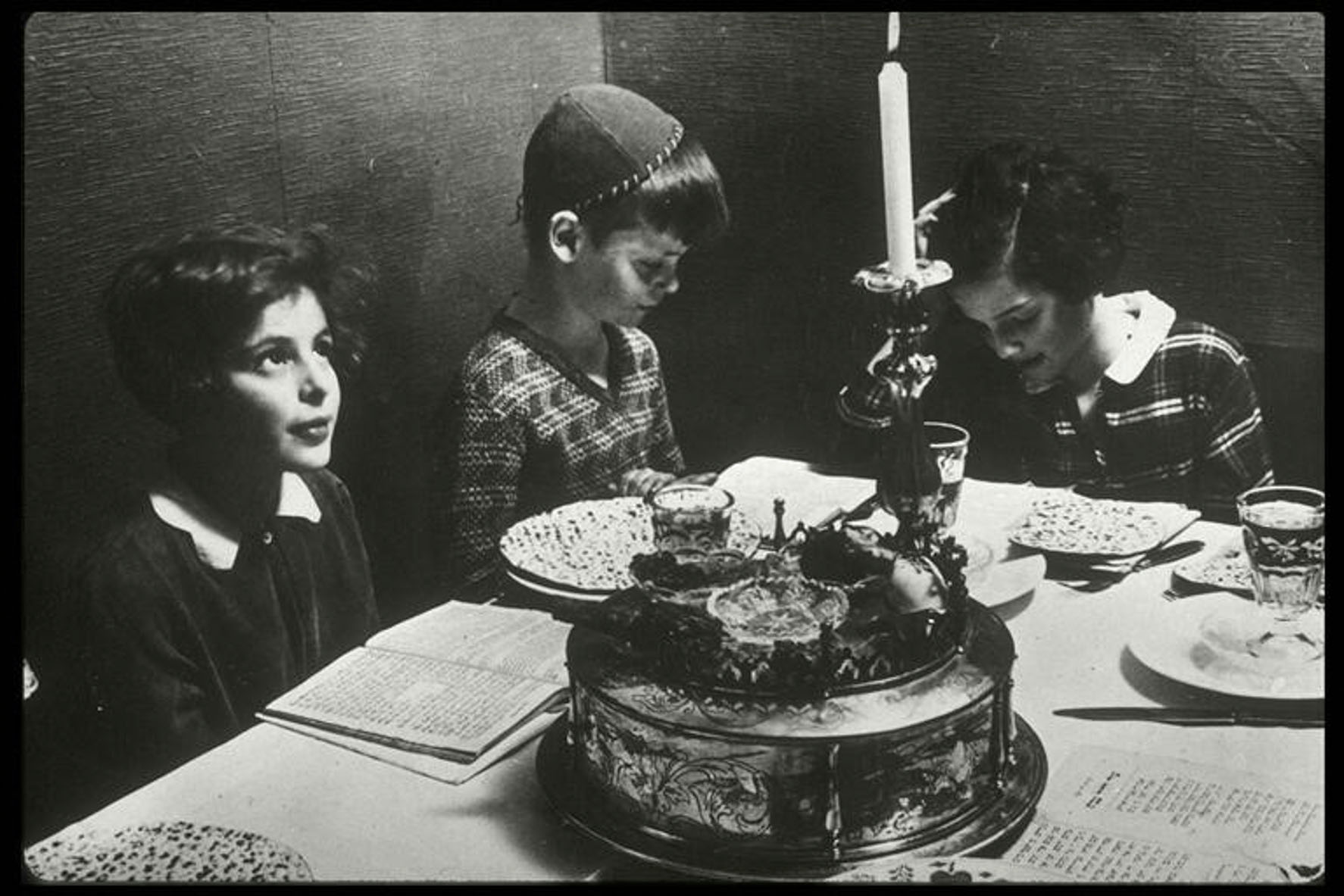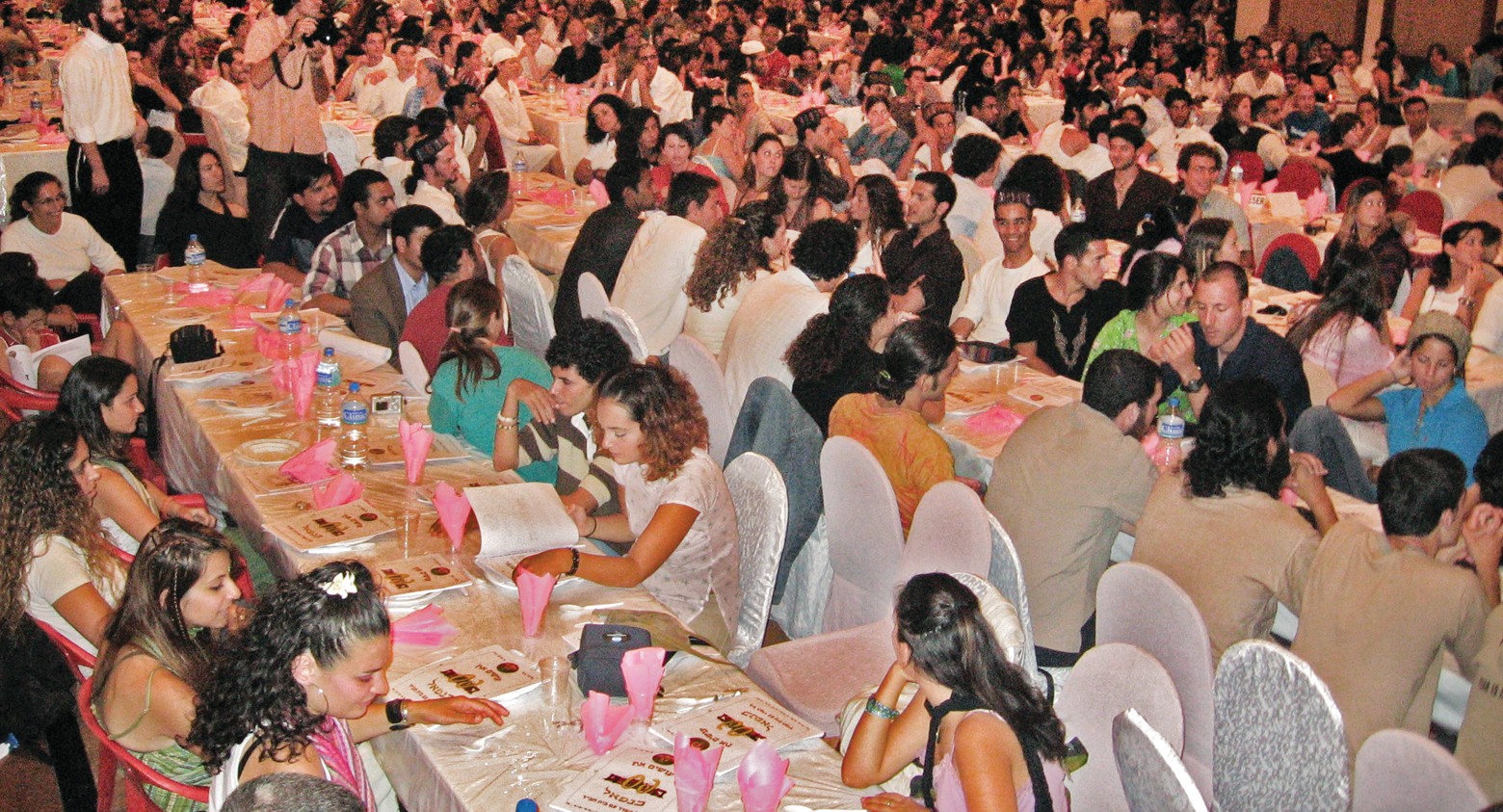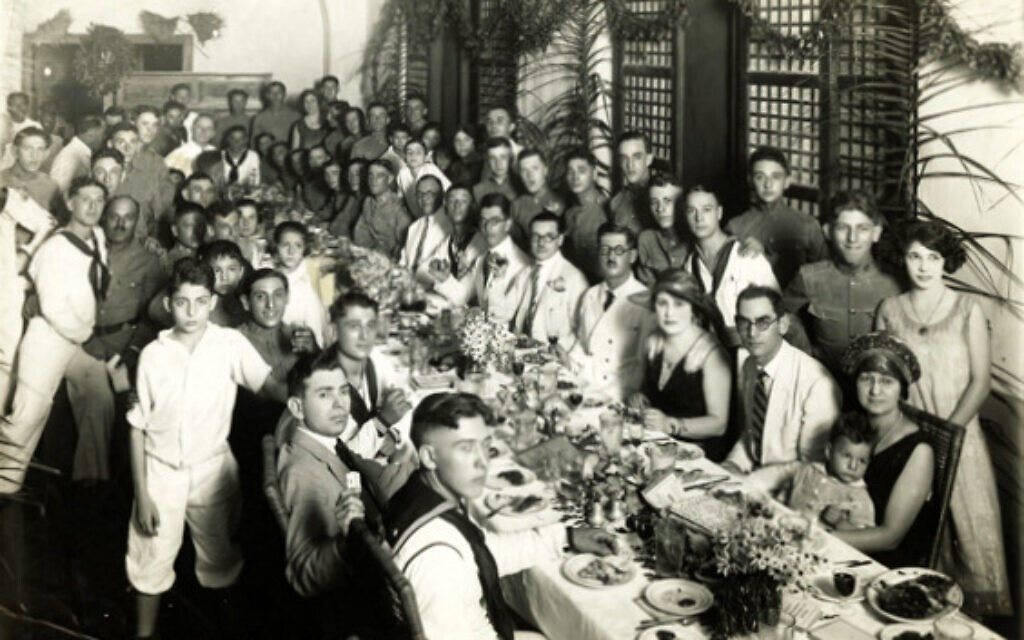Passover food – keeping the traditions alive
From pesach past to pesach present matzah is still the staple food
When shall we do the ‘big shop’? How many boxes of matzah do we need? Are we buying ‘kosher cola’ this year? Such burning questions are raised each year in the build up to one of the biggest ‘Fresstivals’ in the Jewish Calendar. And I say ‘fress’ because the majority of Pesach is about what you can eat, can’t eat, refuse to eat and what your Rabbi has ordained as acceptable to eat. (Remember the quinoa debate of 2014?)
Seder is a time for families to come together and remember when the Israelites took their last meal in Egypt, with no time to wait for their breads to rise before their exodus.
Get The Jewish News Daily Edition by email and never miss our top stories Free Sign Up

The idea of a ‘last supper’ was also notably the focus of Leonardo Da Vinci’s iconic, ‘The Last Supper’, which, according to Gospels, was also a Passover feast, depicting the last meal in Jerusalem taken by Jesus and shared with his apostles before he was betrayed by Judas and finally crucified. This meal was incredibly significant to Jesus’ followers whereby he would ‘become’ the Pascal Lamb, offering himself up as the ultimate sacrifice to G-d.
Fortunately, modern-day seders do not require such extreme sacrifices, but for all the food forfeits, the range of Passover food seems to be a rapidly expanding market, including ‘cauliflower rice’ – a delicious addition to the Ashkenazi menu, mirroring the permittance of rice for Sephardi Jews over Passover. Depending on ‘which side you Seder’, the Sephardi Passover menu boasts rice as far as the eye can see, with aromatic-smelling foods – not so much as a whiff of gefilte fish.
No matter your origins, matzah is still the staple food of Passover, and each year seems to bring about an even more varied style. A welcomed addition is ‘matzah crack’: matzah topped with melted chocolate and toffee, then sprinkled with pecans. This moorish snack is gone before you can say ‘chad gadya’.
With so much foodie fun to be had and the ease with which we can now buy Kosher for Passover foodstuffs, it’s grounding to remember a much tougher time. Passover eve, 19th April 1943: Germans entered the Warsaw ghetto, rounding up the final numbers to take to concentration camps, as families fearfully continued with their Seders.

Forever remembered as a survivor of Auschwitz, Pearl Benisch’s story recounts her kitchen cleaning job whilst in Plaszow. With the help of some brave and remarkable friends, they managed to collect flour, mix it with water and bake matza biscuits on top of the stove for the men forced to work in the ‘library’, sorting books and manuscripts. During Passover, so the story goes, Pearl managed to sneak a turnip back to her barracks, which was cut into three, representing the three matzot that we have on our Seder tables. It was all they had, but it was enough to bless and give them the strength to continue the fight for life and liberation.

When the war finally ended, thousands of European refugees remained in displacement camps, unable to return to their communist-controlled homelands. As they waited for the chance to immigrate, the ‘JDC’ (Jewish Joint Distribution Committee) provided matza, wine and other supplies to nearly 1 million Jews throughout Europe.

It seems that even in the face of adversity, Jewish tradition continues across the globe sometimes in places you would least expect it. The Chabad House Nepal are Seder-masters: what started in 1989 with just 50 people, now plays host to what has grown to be a world-famous communal Seder for over 1,000 guests from all over the world. With the assistance of the Israeli embassy, enough kosher food and supplies are brought in to ensure this is a Seder like no other, with Bangkok and Koh Samui now also vying for the Super-Seder title.
So, when you’re struggling for storage space for 20 boxes of ‘Rakusens’, spare a thought for the 3,210 kg of matzah needed for the seders in Thailand.

Thank you for helping to make Jewish News the leading source of news and opinion for the UK Jewish community. Today we're asking for your invaluable help to continue putting our community first in everything we do.
For as little as £5 a month you can help sustain the vital work we do in celebrating and standing up for Jewish life in Britain.
Jewish News holds our community together and keeps us connected. Like a synagogue, it’s where people turn to feel part of something bigger. It also proudly shows the rest of Britain the vibrancy and rich culture of modern Jewish life.
You can make a quick and easy one-off or monthly contribution of £5, £10, £20 or any other sum you’re comfortable with.
100% of your donation will help us continue celebrating our community, in all its dynamic diversity...
Engaging
Being a community platform means so much more than producing a newspaper and website. One of our proudest roles is media partnering with our invaluable charities to amplify the outstanding work they do to help us all.
Celebrating
There’s no shortage of oys in the world but Jewish News takes every opportunity to celebrate the joys too, through projects like Night of Heroes, 40 Under 40 and other compelling countdowns that make the community kvell with pride.
Pioneering
In the first collaboration between media outlets from different faiths, Jewish News worked with British Muslim TV and Church Times to produce a list of young activists leading the way on interfaith understanding.
Campaigning
Royal Mail issued a stamp honouring Holocaust hero Sir Nicholas Winton after a Jewish News campaign attracted more than 100,000 backers. Jewish Newsalso produces special editions of the paper highlighting pressing issues including mental health and Holocaust remembrance.
Easy access
In an age when news is readily accessible, Jewish News provides high-quality content free online and offline, removing any financial barriers to connecting people.
Voice of our community to wider society
The Jewish News team regularly appears on TV, radio and on the pages of the national press to comment on stories about the Jewish community. Easy access to the paper on the streets of London also means Jewish News provides an invaluable window into the community for the country at large.
We hope you agree all this is worth preserving.
-
By Brigit Grant
-
By Laurent Vaughan - Senior Associate (Bishop & Sewell Solicitors)
-
By Laurent Vaughan - Senior Associate (Bishop & Sewell Solicitors)
-
By Laurent Vaughan - Senior Associate (Bishop & Sewell Solicitors)
-
By Laurent Vaughan - Senior Associate (Bishop & Sewell Solicitors)






















